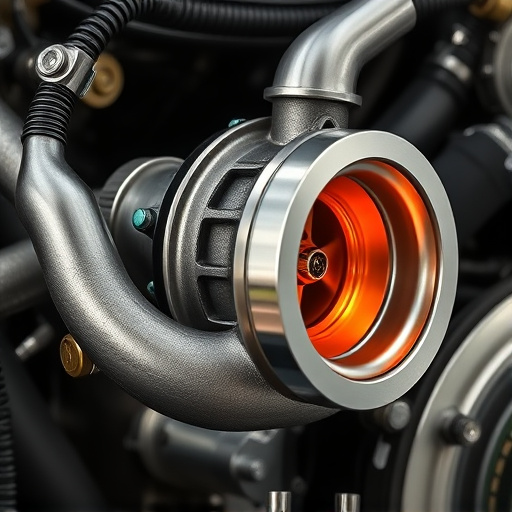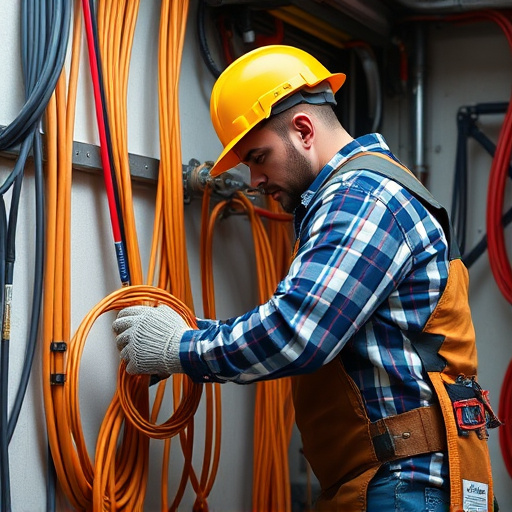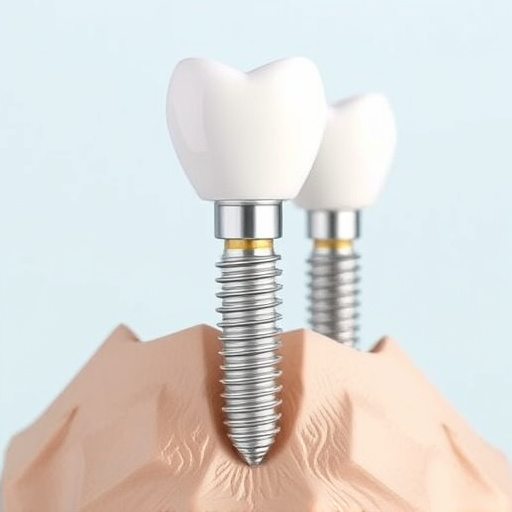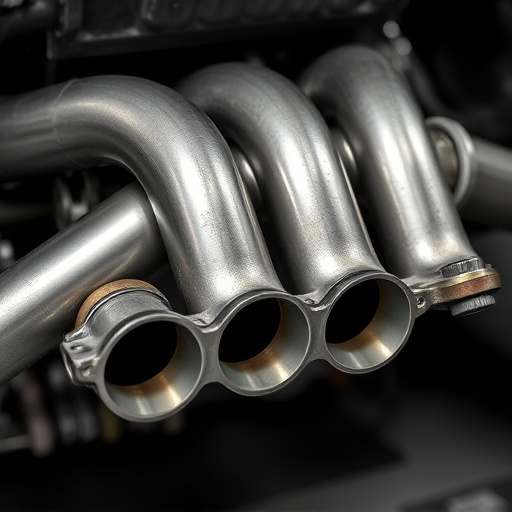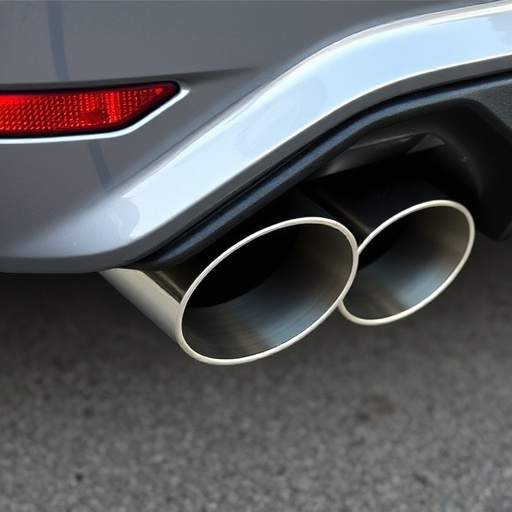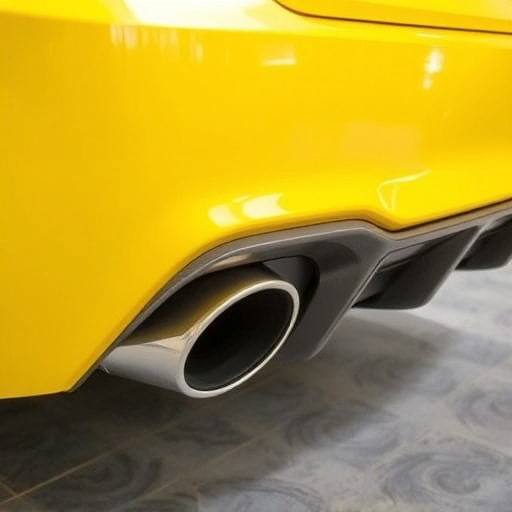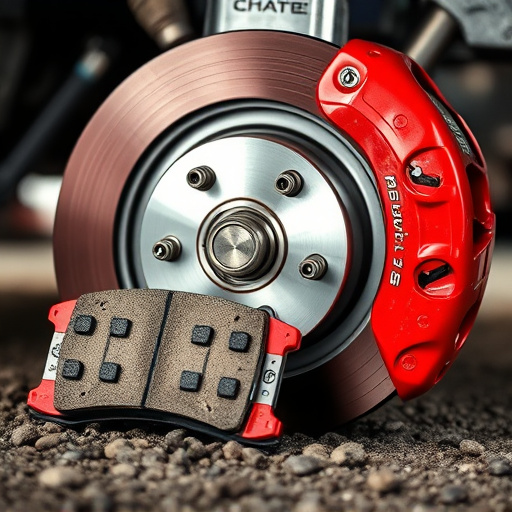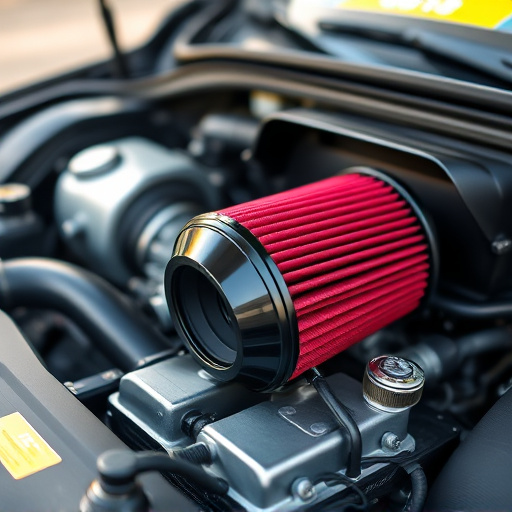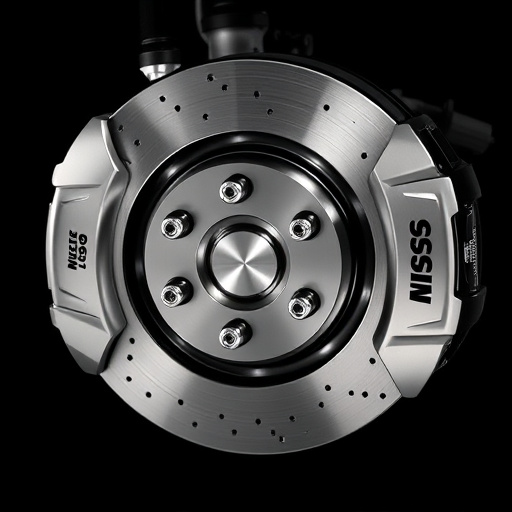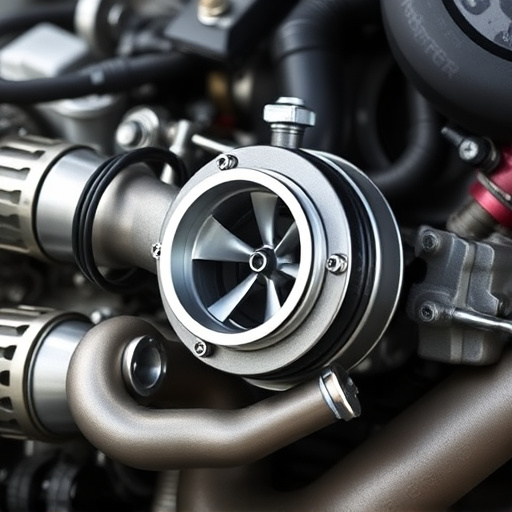Engine air intake modifications, from high-flow filters to complex systems like cold air intakes or turbocharging, enhance airflow for optimized combustion, boosting power, torque, and fuel efficiency. These upgrades also reduce backpressure and exhaust emissions. However, they must consider environmental impact and long-term maintenance, as some modifications can increase consumption and complicate engine tuning. Regular cleaning or replacement of high-flow filters is crucial, and proper calibration with performance exhaust systems is essential for reliable operation.
“Unleash your vehicle’s potential with engine air intake (EAI) modifications—a popular upgrade among car enthusiasts. This article explores the tangible benefits of EAI adjustments, delving into real-world performance improvements, including increased power and efficiency. We weigh the environmental implications and offer insights on maintenance to ensure optimal results. From enhancing engine responsiveness to considering long-term sustainability, this comprehensive guide covers all aspects of EAI modifications.”
- Understanding Engine Air Intake Modifications and Their Basic Effects
- Real-World Performance Gains: Increased Power and Efficiency
- Beyond Performance: Environmental Impact and Maintenance Considerations
Understanding Engine Air Intake Modifications and Their Basic Effects
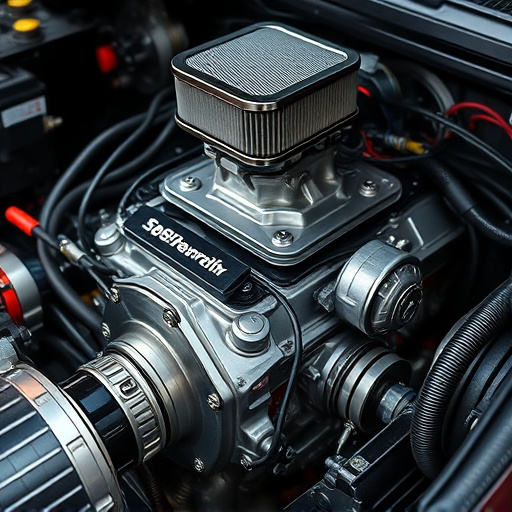
Engine air intake modifications are adjustments made to improve the flow of air into an engine. These modifications can be as simple as replacing stock air filters with high-flow ones, or they can involve more complex changes like installing cold air intakes or turbocharging systems. By optimizing the engine’s air intake, these modifications aim to increase power output, improve fuel efficiency, and enhance overall performance.
The basic effects of these changes are multifaceted. Enhanced airflow allows for better combustion within the engine, leading to increased horsepower and torque. This can be particularly noticeable in vehicles with turbocharged or supercharged engines. Additionally, improved air intake can reduce backpressure in the system, which may result in better fuel efficiency and a reduction in exhaust emissions. Other components like brake rotors and brake pads, while not directly affected, can benefit from enhanced engine performance, contributing to overall vehicle control and safety. Furthermore, modifications such as adding catalytic converters or changing exhaust tips can improve noise levels and the overall aesthetic appeal of the vehicle’s exhaust system.
Real-World Performance Gains: Increased Power and Efficiency
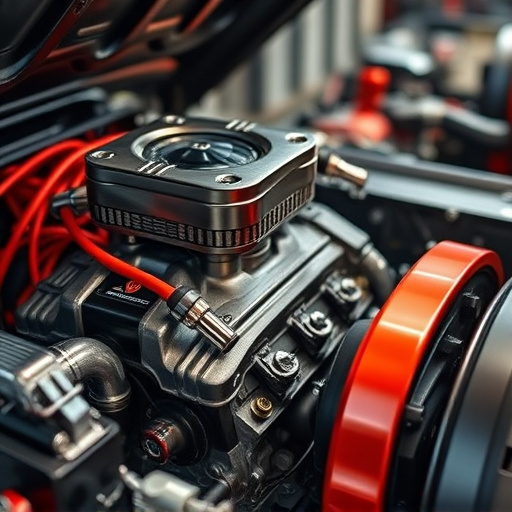
In real-world applications, modifying an engine’s air intake system can lead to significant performance gains. By optimizing airflow into the engine, these changes allow for improved combustion and increased efficiency. This results in enhanced vehicle performance, as the engine can breathe easier, leading to more power and better fuel economy.
One of the key benefits is the upgrade to performance air filters, which capture fine particles in the intake air, ensuring a cleaner flow. High-quality air filter kits are an affordable way to make these improvements, providing a boost in both horsepower and torque, especially in vehicles designed for performance or those with turbocharged engines.
Beyond Performance: Environmental Impact and Maintenance Considerations
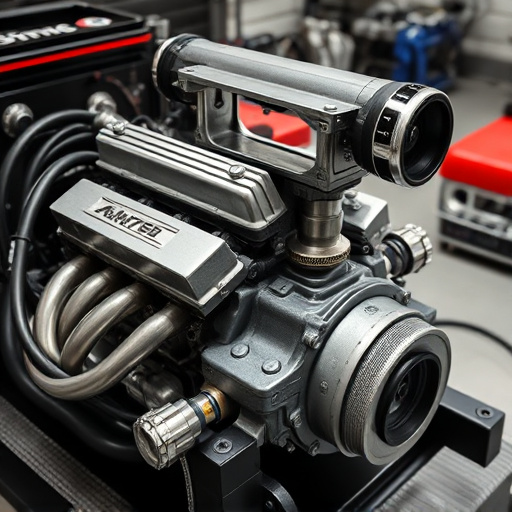
Modifying an engine’s air intake system can significantly enhance its performance, leading to improved acceleration and power output. However, beyond the immediate gains on the road, it’s crucial to consider the environmental impact and long-term maintenance of these changes. Engine air intake modifications often involve replacing standard components with high-flow filters or larger pipelines, which can affect fuel efficiency and emissions. While some setups might offer slight improvements in economy, particularly in vehicles designed for performance over fuel efficiency, others could lead to increased fuel consumption and potentially higher greenhouse gas emissions.
Regular maintenance becomes even more critical when dealing with modified air intake systems. High-flow filters require more frequent cleaning or replacement to maintain optimal airflow, adding to the overall cost of ownership. Additionally, altered intake systems can make engine tuning more complex, as manufacturers often design exhaust systems in tandem to achieve peak performance. Ensuring that intake components are compatible and properly calibrated with other parts, such as a performance exhaust system, is essential for reliable and efficient operation, preventing potential issues down the line.
Engine air intake modifications have proven to offer significant real-world results, enhancing performance through increased power and efficiency. However, it’s essential to balance these gains with environmental considerations and regular maintenance. By understanding both the benefits and potential drawbacks, car owners can make informed decisions about modifying their engine air intakes for optimal results.



